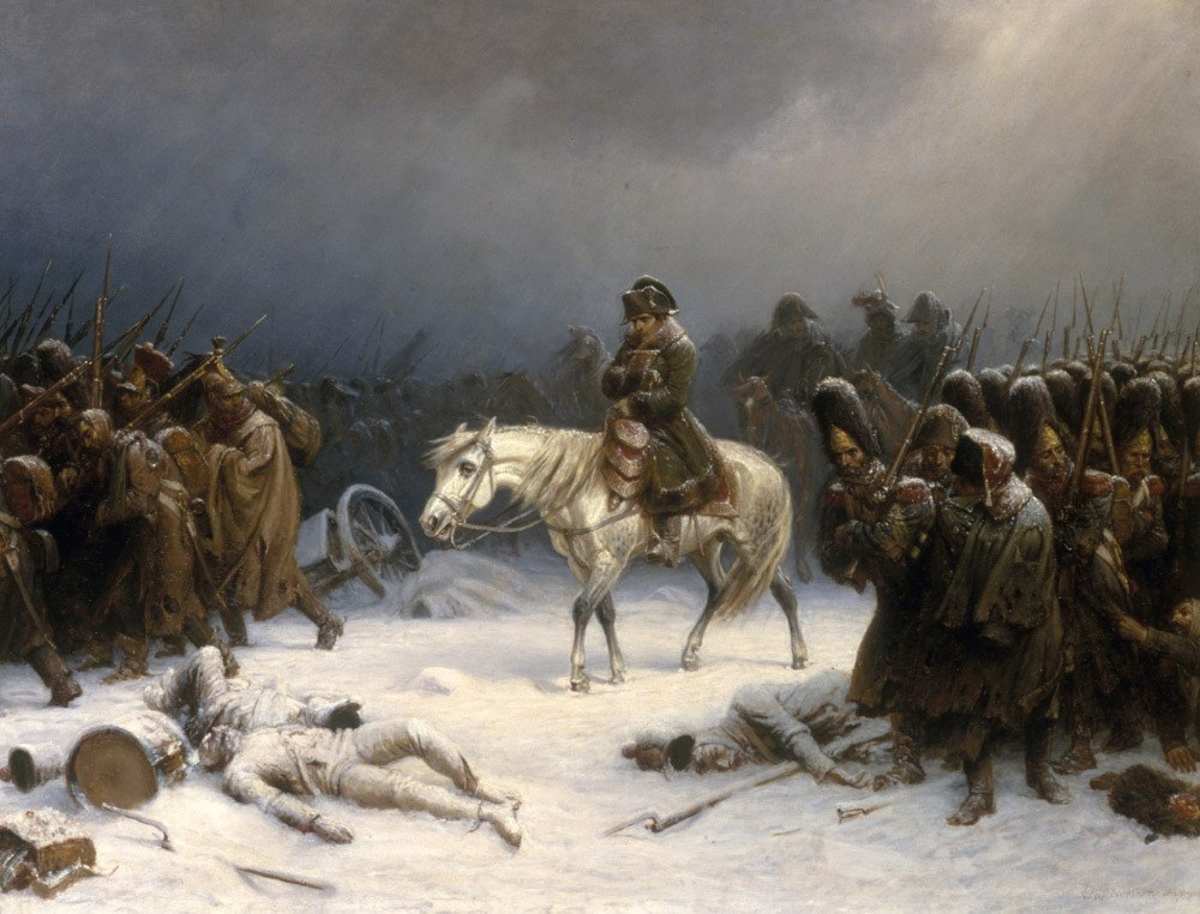What Killed Napoleon’s Soldiers As They Retreated From Moscow in 1812? Scientists Use DNA Analysis to Solve Mystery

Napoleon Bonaparte is undoubtedly an illustrious and intriguing figure of history. Many of his life events have attracted the awe of aficionados worldwide. Among such events is his retreat from Russia. He went into the country with an incredibly strong army, with around 600,000 troops, in the summer of 1812. To the shock of everyone, this massive army faltered and lost around 300,000 soldiers between October and December 1812. Historical reports claimed that these soldiers perished due to typhus and trench fever. However, for a long time, researchers wanted to understand the exact pathogens that caused this catastrophe. Through the help of DNA analysis, the team finally figured out that these two diseases may not be the only ones plaguing soldiers. The details of this analysis, as well as the results, were published on Research Gate.

DNA Analysis of Soldiers' Teeth
Genetic testing in the past has proven that most of the deaths were caused by typhus and trench fever, as reported by New Scientist. Though the exact pathogen or pathogens responsible for these infectious diseases remained a mystery. The study's objective is to find out the identity of these pathogens by analyzing the remains of certain Napoleon soldiers buried in Vilnius, Lithuania. The researchers chose 13 soldiers, who, as per the historical records, died due to infectious diseases, and took DNA samples from their teeth. The results shed light on two pathogens likely involved in the havoc. They have used a methodology of Phylogeny-driven authentication workflow to conduct their further examinations.

Two Pathogens are Responsible for the Havoc
Results indicated that the two pathogens were responsible for the infectious diseases that plagued the army. They were named "Salmonella enterica" and "Borrelia recurrentis." Salmonella enterica is a bacterium that causes both gastroenteritis and systemic infections. Borrelia recurrentis is a bacterial species that causes an extreme form of fever borreliosis, and is mostly spread by the human louse, Pediculus humanus, also known as body lice. Today, its mortality rate is a mere 6%, but back then, without medical expertise, it possibly became an epidemic within the soldier population. Researchers believe that Salmonella enterica caused paratyphoid fever, while Borrelia recurrentis led to relapsing fever among soldiers.

Surprising Finding
The finding was surprising, as researchers were expecting to uncover "Rickettsia prowazekii," which causes typhus, and "Bartonella quintana," which leads to trench fever, in the samples. The results thus suggest that more infectious diseases than previously known facilitated the collapse of Napoleon's army. These include conditions like paratyphoid fever and relapsing fever. Paratyphoid fever also appears to be backed by historical records that mention symptoms, like high fever and weakness, typically linked with the condition.
However, the research needs to be peer-reviewed. But these diseases, along with the cold of Vilnius and the starvation brought on by the Tsar's move to empty the city's supplies, resulted in the destruction amidst the retreat also known as Napoleon's Grande Armée. This retreat had a significant impact on the entirety of Europe, according to World History. Not only did it give Russia better positioning in European politics, but it also marked the beginning of Napoleon's overall destruction.